Soaring through July skies is an ancient arachnid known for its sting. Scorpius the Scorpion, with its distinctive curved spine and stinger poised to strike, holds a large profile low to the southern horizon. Its Latin name translates to the “creature with the burning sting.”
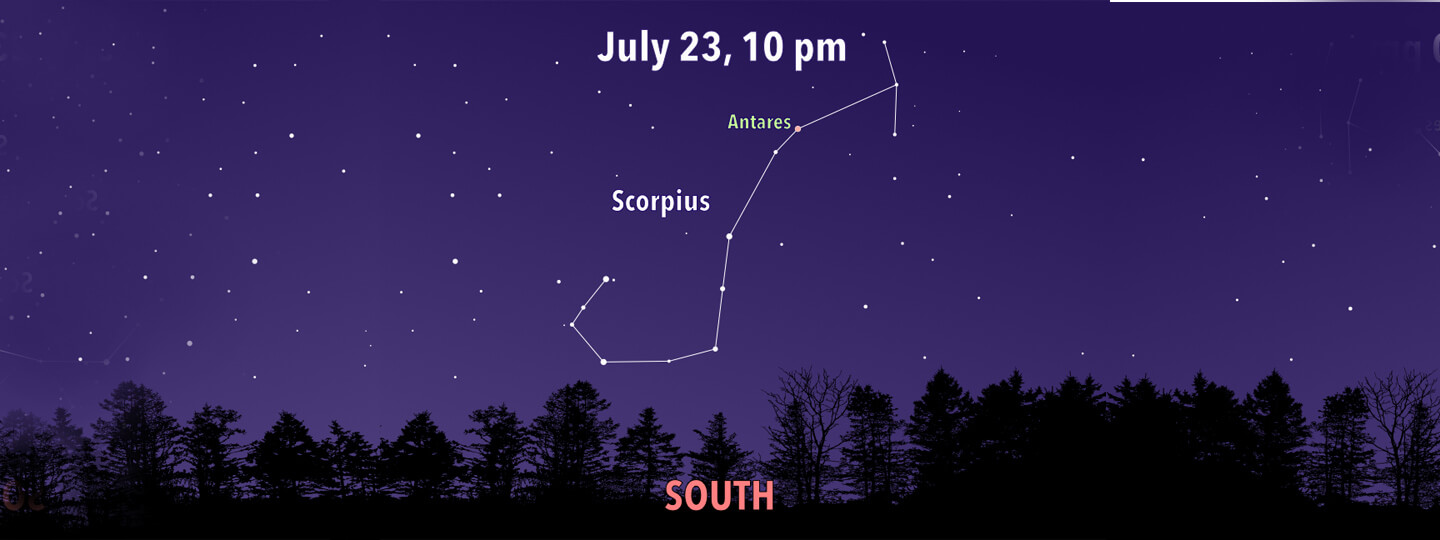

Scorpius and the bright red star Antares (labeled in green) in the Pittsburgh sky facing South.
Credit: Kayla Waugaman Carnegie Science Center
Stargazing: Scorpius
July 22, 2025
Julie Silverman, Carnegie Science CenterSoaring through July skies is an ancient arachnid known for its sting. Scorpius the Scorpion, with its distinctive curved spine and stinger poised to strike, holds a large profile low to the southern horizon. Its Latin name translates to the “creature with the burning sting.”
A jewel of this distinctive and easy-to-spot constellation is the Scorpion’s ruby red heart, Antares. This enormous red giant star’s diameter is more than 700 times that of our sun. Since Scorpius is situated in the direction of the dense center of the Milky Way galaxy, there are many treats to observe for telescope and binocular enthusiasts. Only 1.3 degrees west of Antares, is a globular star cluster known as M4 (Messier 4) or NGC 6121. Also known as the “Spider Globular Cluster,” it is the closest globular cluster to Earth. Just barely visible to the unaided eye, it was discovered in 1746 by Swiss astronomer Jean-Philippe Loys de Cheseaux. M4 holds the distinction as the first globular cluster in which individual stars were revealed. Within this gravitationally bound city of immensely old stars, is perhaps the oldest exoplanet yet found. NASA states the exoplanet, “Methuselah,” could be nearly 13 billion years old.
Hawaiian legend calls Scorpius, Maui’s Fishhook. Demigod Maui’s magic fishhook snagged rocks from the ocean depths and pulled up islands that became known as Hawaii.

Stargazing: Crescent Moon by Spica
On the evening of July 30, one of the bluest stars in the sky will gleam just above the waxing crescent moon. Spica is a blue giant star and the brightest in the constellation Virgo. Home > Blog [acf...

Stargazing: Vega – Anniversary of First Photo of Star Taken
On July 17th, 1850, the first photograph of a star other than our Sun was taken. Home > Blog Brilliant Vega is the brightest...
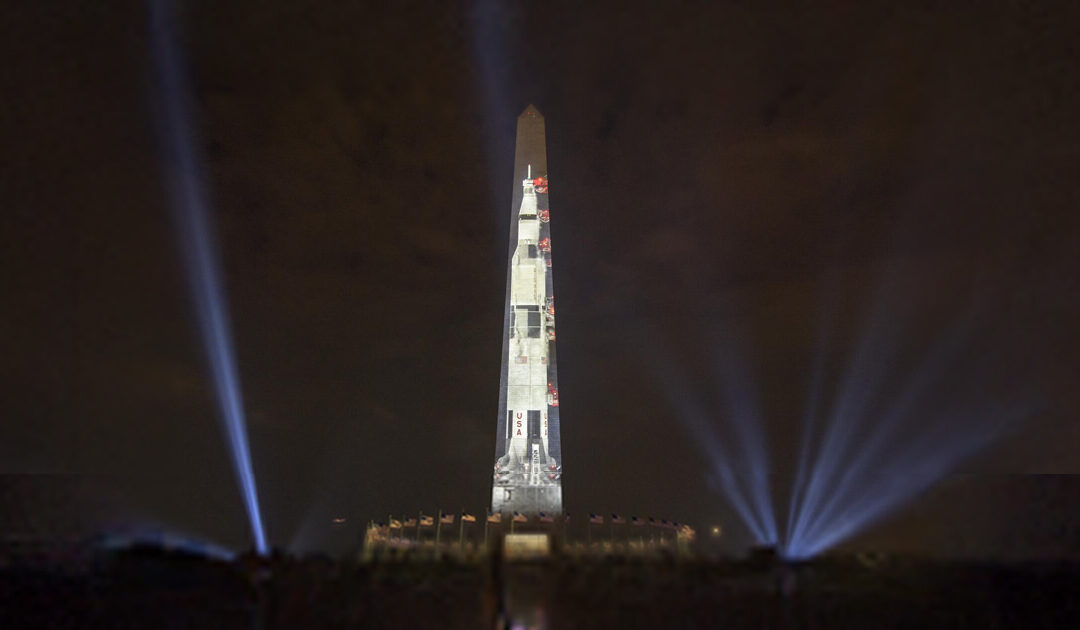
Stargazing: Pittsburgh Goes to the Moon
This year celebrates the 56th anniversary of the first moon landing. On July 20, the world watched as Neil Armstrong and Buzz Aldrin stepped onto the surface of the moon. Home > Blog [sv...
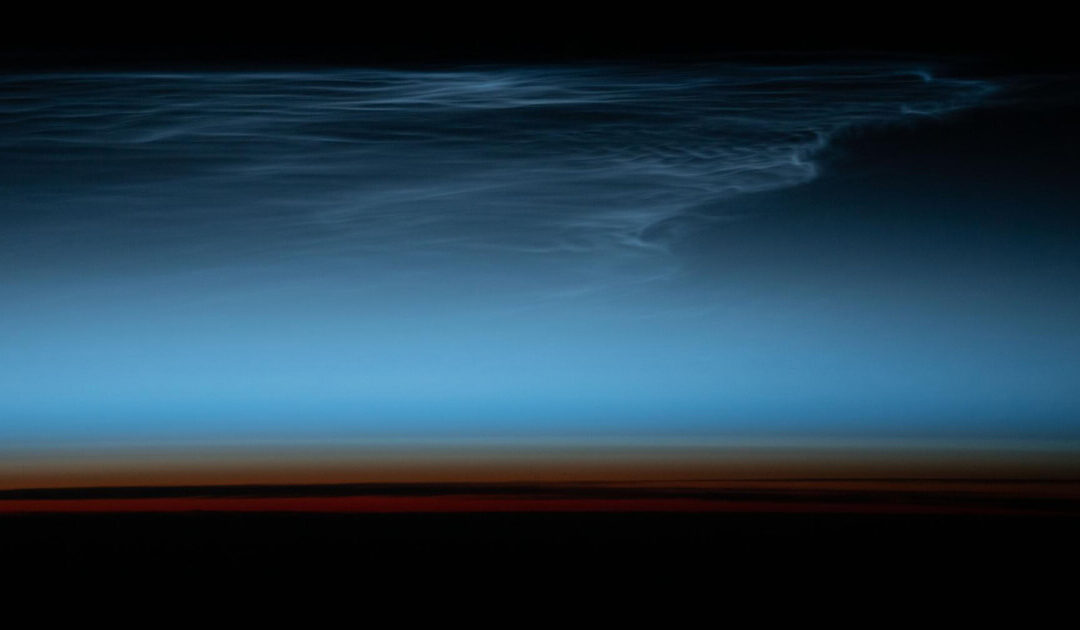
Stargazing: Noctilucent Clouds
Summer is the season to spot rare and luminescent Noctilucent Clouds. From May to early August, these ethereal clouds show their best displays thirty minutes after sunset or before sunrise. Home > Blog [acf...
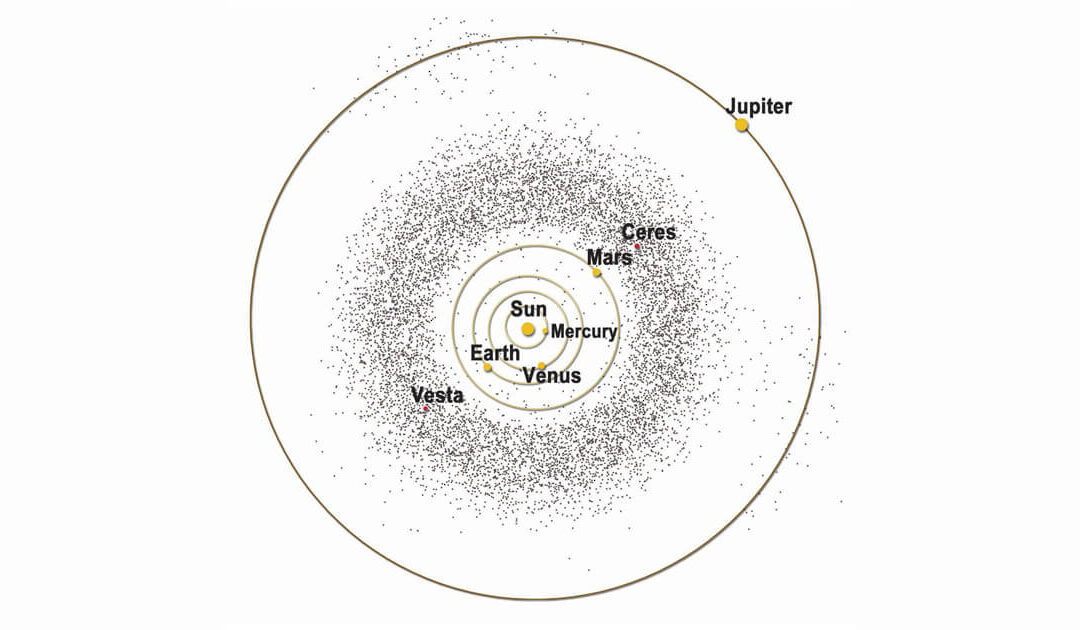
Stargazing: June 30 Asteroid Day – date of Siberian Tunguska Event
Pre-dawn hours of June 27 will bring peak opportunities to view June’s Bootid meteor shower. A thin crescent moon will enhance the chances of seeing meteors flash across the sky. Home > Blog ...

Stargazing: Solstice June 20– also, Moon-Saturn-Neptune close approach 5:45 a.m. June 18
Welcome summer! On Friday June 20 at 10:42 p.m. EDT, the sun will reach its northern-most point in the sky. Home > Blog Welcome...
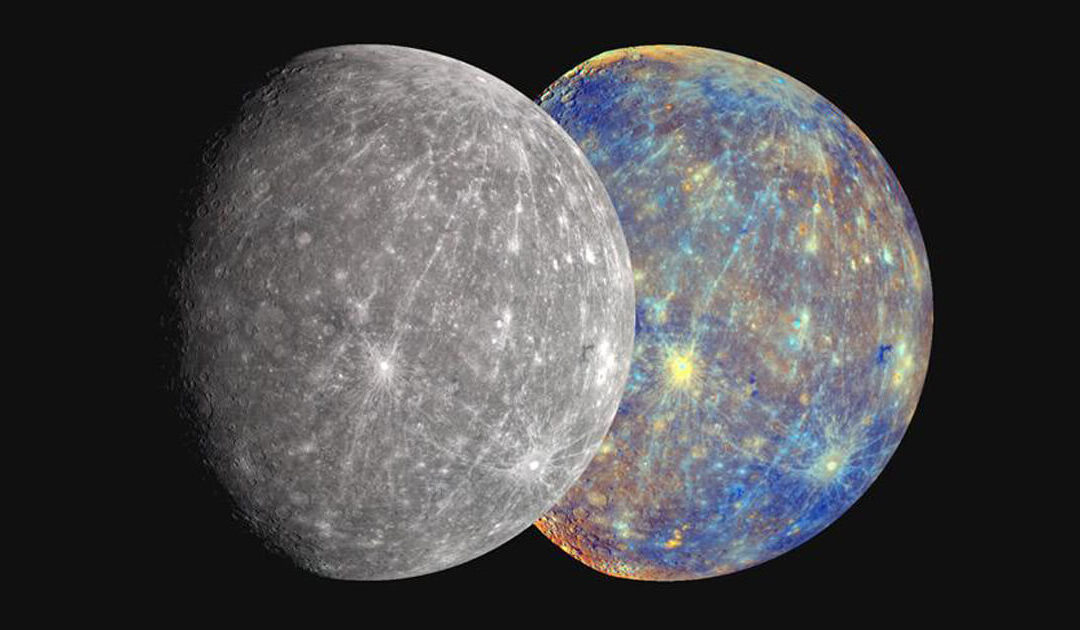
Stargazing: Mercury spotting from June 12-29
Mercury watchers will have several chances to view this elusive planet over the next two weeks. Since Mercury is the closest planet to the Sun, there is a small window in which it is visible. Home > Blog [acf...
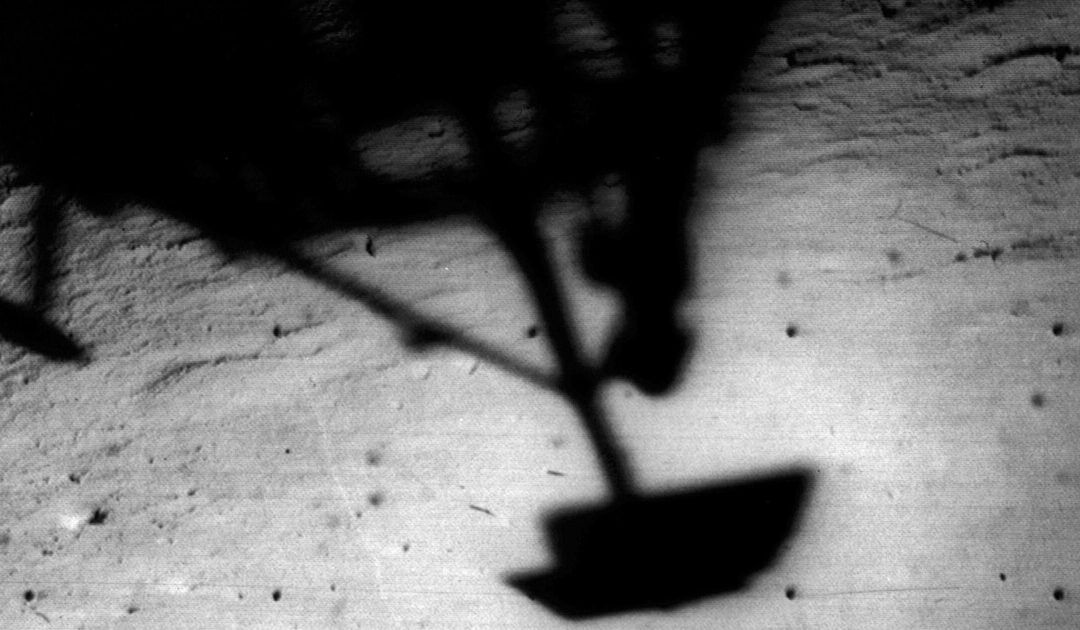
Stargazing: Surveyor 1 June 2 Moon landing 1966
On June 2, 1966, Surveyor 1 softly landed on the lunar surface, and NASA celebrated a significant success in the Space Race. Home > Blog ...

Stargazing: Ed White 1st American to walk in space/ISS’s first all-woman spacewalk
Sixty years ago, an American astronaut walked in space for the first time. At 3:45 pm on June 3, 1965, Ed White opened the hatch of the Gemini 4 mission and propelled himself into space. Home > Blog [acf...
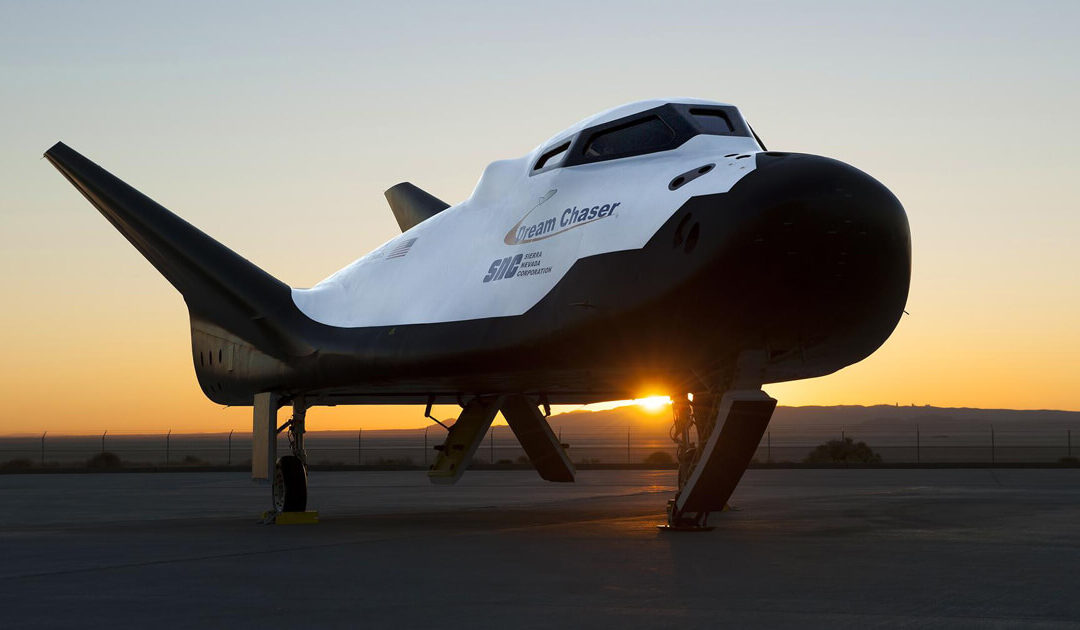
Stargazing: ULA Vulcan Centaur: Sierra Space Dream Chaser
A spaceflight first is poised to take place in May. Sierra Space Corporation, the private Colorado-based company, has been developing a reusable “spaceplane.” Home > Blog [sv...

